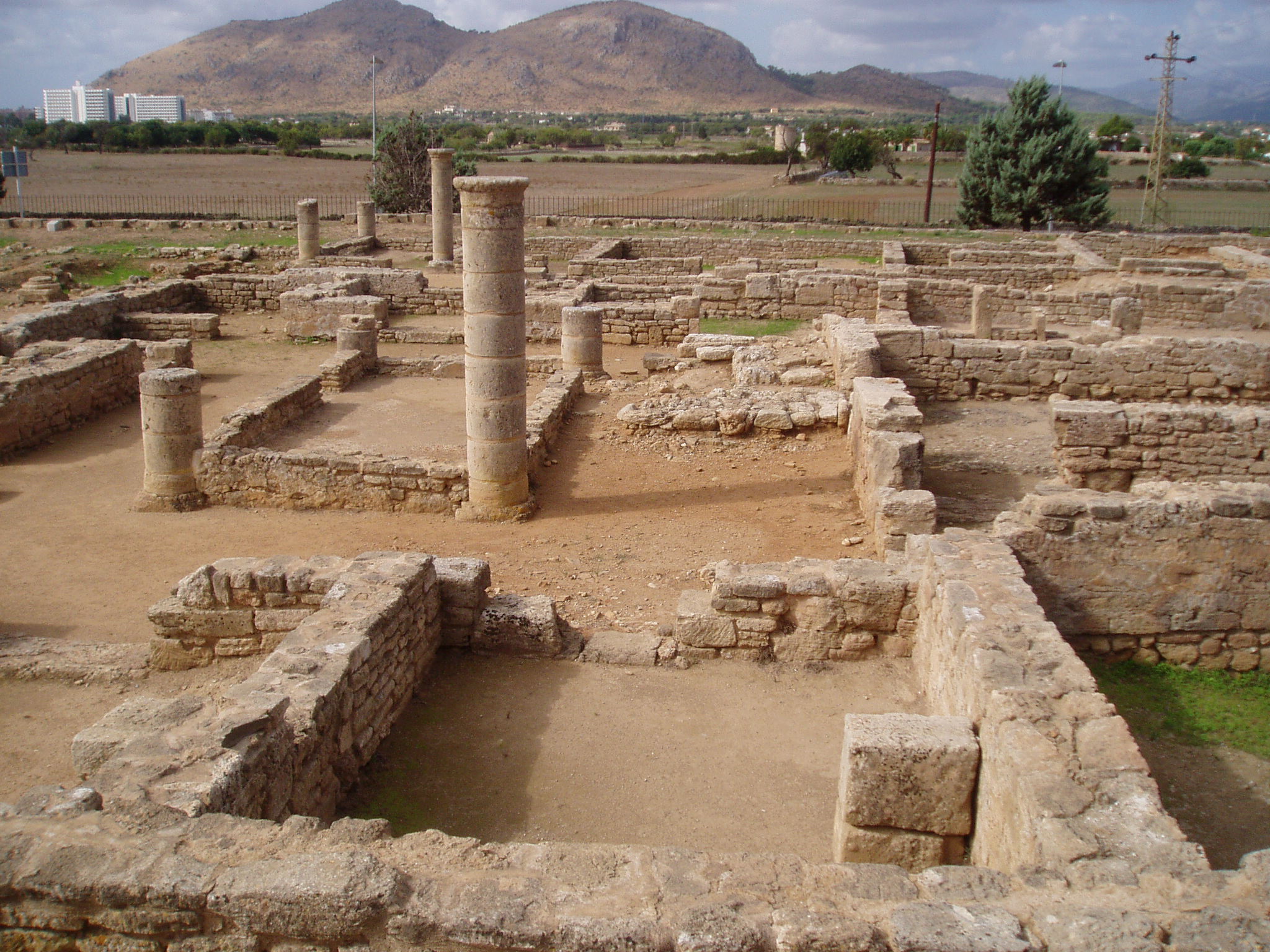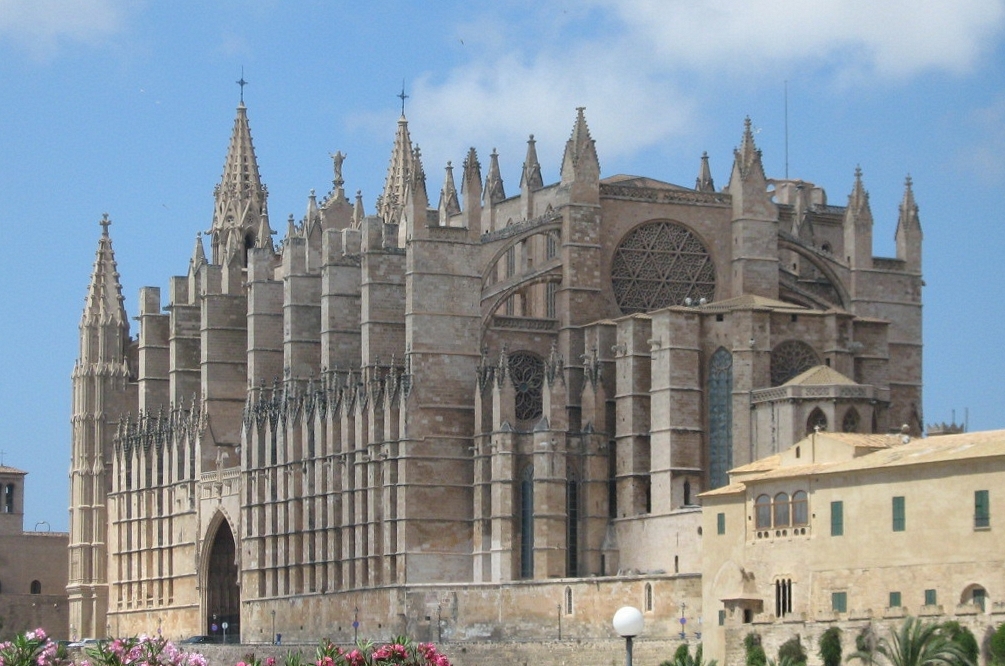Other museums and culture
Mallorca is not only famous for its beaches and breathtaking landscapes but also for its rich cultural heritage. If you love art, history, and architecture, here are some unique museums you shouldn’t miss during your visit to the island.
🏛️ History & Heritage
🪖 San Carlos Military History Museum (Palma)
📍
Location: San Carlos Fortress, Palma
🔹
Description: Discover Mallorca’s military history in this museum housed in a historic fortress with stunning views over the bay. Exhibits include uniforms, weapons, and documents dating back to the 15th century.
👞 Footwear and Industry Museum (Inca)
📍
Location: Inca
🔹
Description: Learn about Mallorca’s
shoe-making industry, its manufacturing techniques, and how it shaped the local economy.
📖 Bartolomé March Foundation (Palma)
📍
Location: Palma
🔹
Description: A unique museum showcasing sculptures, tapestries, and a fascinating collection of
rare books, all set in an impressive historic building.
🖼️ Art & Modernism
🎭 Can Prunera Modernist Museum (Sóller)
📍
Location: Sóller
🔹
Description: A stunning
Modernist house turned into a museum, featuring contemporary art exhibitions and original furniture from the early 20th century.
🖌️ CaixaForum Palma (Palma)
📍
Location: Gran Hotel Modernist Building, Palma
🔹
Description: A
cultural center offering temporary exhibitions, conferences, and educational activities on art, science, and history.
🖼️ Sa Bassa Blanca Museum (Alcúdia)
📍
Location: Alcúdia
🔹
Description: A museum that combines
art and nature, with historical portraits, contemporary sculptures, and beautiful gardens overlooking the sea.
⛪ Religious Art & Traditions
🏰 Royal Palace of La Almudaina Museum (Palma)
📍
Location: Palma
🔹
Description: A former
royal palace combining
Islamic and Gothic architecture, showcasing historic tapestries, furniture, and artwork.
⛪ Mallorca’s Museum of Sacred Art (Palma)
📍
Location: Palma
🔹
Description: A fascinating
religious art collection, including paintings, sculptures, and liturgical objects from the
Middle Ages to the 19th century.
🏛️ Mallorca Cathedral Museum (Palma)
📍
Location: Palma Cathedral
🔹
Description: A
must-visit museum inside Palma Cathedral, displaying a valuable collection of
sacred art and historical artifacts.
📌 Useful Tips for Your Visit
✔
Check museum opening hours, as they may change depending on the season.
✔
Book your tickets in advance to avoid long queues at the most popular museums.
✔
Combine your museum visit with a walk through nearby historic areas.
✔
Respect museum rules, especially in places with valuable and fragile artwork.
🌿 Experience the Cultural Soul of Mallorca
Exploring Mallorca’s museums is a fantastic way to discover the island’s history, art, and traditions. From ancient fortresses to modern art galleries, Mallorca offers cultural experiences for every traveler.
Enjoy your visit and immerse yourself in Mallorca’s rich artistic and historical heritage! 🎭✨
Other places of interest
- Museo de Mallorca
- Es Baluard Museu d'Art Modern i Contemporani de Palma
- Fundació Pilar i Joan Miró
- Museo Sa Bassa Blanca
- Museu d'Història de Manacor








